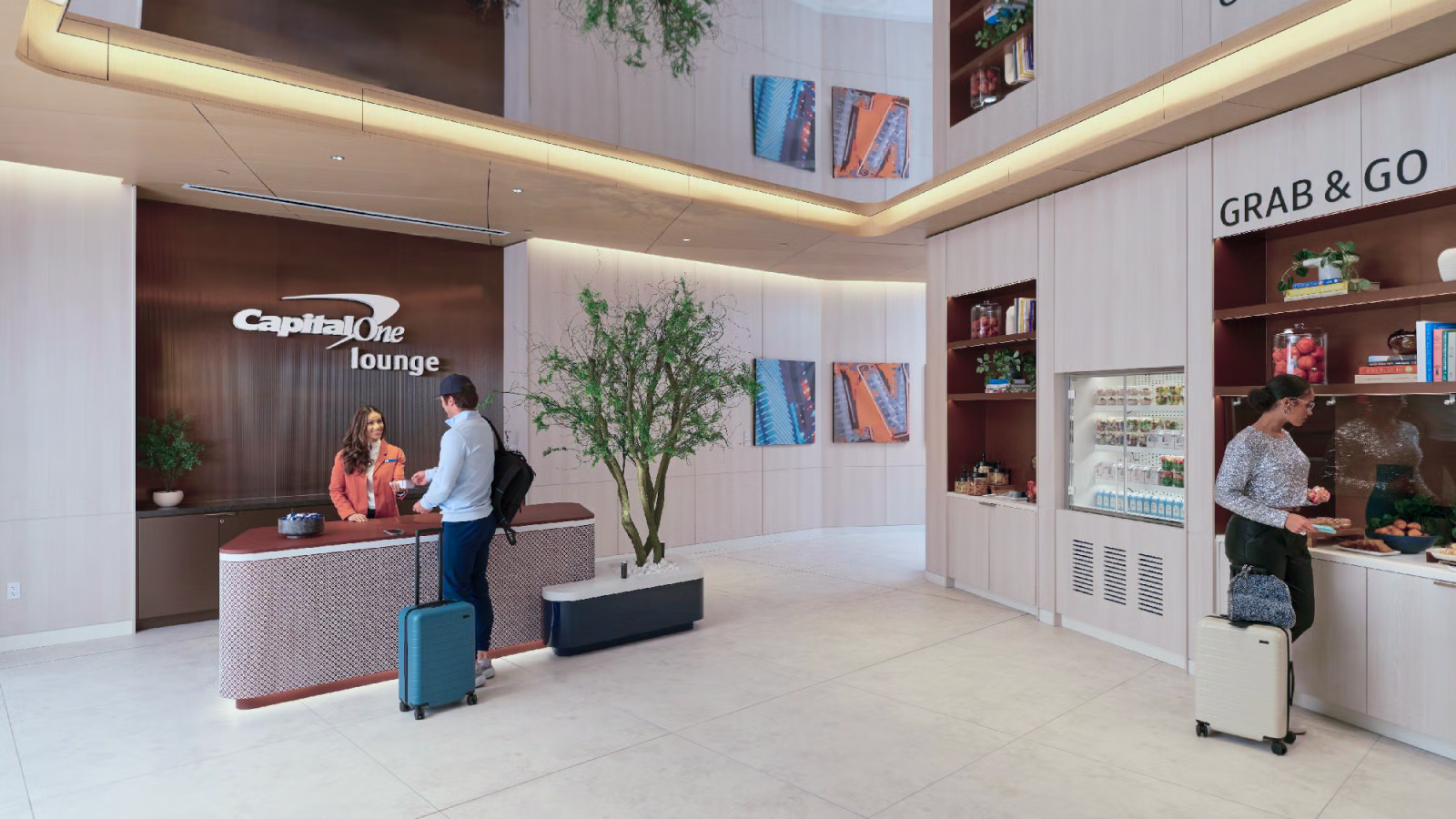Looking to maximize your travel rewards but can't decide between the Chase trifecta and Amex trifecta? You're not alone. These three-card combinations represent the gold standard for serious points and miles collectors, but they couldn't be more different in approach.
Bottom Line Up Front: The Chase trifecta wins for most travelers in 2025. Despite Chase's recent annual fee increase to $795, it's still cheaper than Amex's $1,020 total, offers simpler benefits, and provides better value for domestic travelers. However, heavy restaurant spenders and lounge enthusiasts should consider the Amex option.
Let's dive into exactly what each trifecta offers, how much they really cost, and which one makes sense for your travel style.
What Is a Credit Card Trifecta?
A trifecta is a strategic combination of three credit cards from the same issuer that work together to maximize earning potential and redemption value. Think of it as a points-earning ecosystem – each card covers different spending categories while feeding points into the same rewards program.
The magic happens when you combine all three cards:
- Card A earns bonus points on travel
- Card B earns bonus points on dining and groceries
- Card C earns solid points on everything else
- All together = Maximum points across all your spending
Before diving into the comparison, understanding Chase Ultimate Rewards transfer partners can help you see why the Chase system is so powerful for travelers.
The Chase Trifecta: Simplicity and Value
Chase Trifecta Cards (2025)
What Changed in 2025?
Chase made major updates to the Sapphire Reserve in June 2025, increasing the annual fee from $550 to $795. Here's what you get for that extra $245:
- Points Boost system: Up to 2¢ per point on select flights and hotels (replaces 1.5¢ flat rate)
- $300 dining credit: For Sapphire Reserve Exclusive Tables restaurants
- $500 The Edit credit: For luxury hotel bookings through Chase
- $300 StubHub credit: For concerts and events
- Enhanced earning: 8x on all Chase Travel, 4x on direct flights/hotels
Our detailed Chase's Points Boost guide explains exactly how the new redemption system works and when it beats transfer partners.
Chase Trifecta Annual Benefits
The Amex Trifecta: Premium Perks and Complex Credits
Amex Trifecta Cards (2025)
Amex Trifecta Annual Benefits
Head-to-Head Comparison: Chase vs. Amex
Cost Analysis
Real Cost After Easy-to-Use Credits:
- Chase: $795 fee - $300 travel credit = $495 net cost
- Amex: $1,020 fee - $320 easy credits (Uber + entertainment) = $700 net cost
The Chase trifecta costs $205 less annually, even after Amex's easiest credits.
Earning Potential Comparison
Redemption Value: Where Your Points Go Further
Chase Ultimate Rewards:
- Chase Travel with Points Boost: Up to 2¢ per point on select premium flights/hotels
- Chase Travel (regular): 1¢ per point for non-boost options
- Transfer partners: 1:1 to 12 airlines and 3 hotels
- Cash back: 1¢ per point
For the latest official information on Chase Ultimate Rewards, visit Chase's Ultimate Rewards portal.
Amex Membership Rewards:
- Amex Travel flights: 1¢ per point
- Amex Travel hotels: 0.7¢ per point
- Transfer partners: 1:1 to 17 airlines and 3 hotels
- Cash back: 0.6¢ per point
Current Amex transfer partners and redemption options are detailed on American Express's official Membership Rewards page.
Winner: Chase provides better baseline redemption value, while Amex offers more transfer partner variety.
Who Should Choose Chase Trifecta?
Chase is Better For:
Budget-Conscious Travelers
- Lower annual fees ($795 vs $1,020)
- Simpler benefit structure
- Better baseline redemption rates
Domestic Travel Enthusiasts
- Strong partnerships with United, Southwest, and Hyatt
- Better acceptance in the US
- Excellent value for domestic hotel stays
Simplicity Seekers
- Straightforward travel credit (no restrictions)
- Easy-to-understand earning structure
- No business card required
Chase Travel Users
- Points Boost can deliver 2¢ per point value
- 8x earning rate on Chase Travel bookings
- $500 annual luxury hotel credit
When traveling, having reliable travel insurance becomes crucial for protecting your investment, especially when using points for expensive international trips.
Real-World Chase Example:
Sarah, a marketing manager from Denver, travels domestically 4-5 times per year. She spends $1,200 monthly on dining and $3,000 on general purchases. With the Chase trifecta, she earns:
- Dining: 43,200 points (3x on $1,200 × 12)
- General: 54,000 points (1.5x on $3,000 × 12)
- Total: ~97,000 points worth $1,940 for domestic travel
Annual cost: $495 (after $300 travel credit) Net value: $1,445
Who Should Choose Amex Trifecta?
Amex is Better For:
Heavy Restaurant/Grocery Spenders
- 4x points on restaurants (up to $50K annually)
- 4x points on US supermarkets (up to $25K)
- Better than Chase if you spend $1,500+ monthly dining
International Travelers
- More international transfer partners
- Broader global lounge network
- Premium hotel programs (FHR, Collection)
Lounge Enthusiasts
- Centurion Lounges (premium experience)
- Priority Pass PLUS Centurion access
- Over 1,400 lounges globally
Status Seekers
- Automatic Hilton Gold and Marriott Gold
- Hertz and National elite status
- Exclusive experiences and events
For frequent international travelers, having secure internet access abroad is essential – consider NordVPN for protecting your financial information when booking travel on public Wi-Fi.
If you're comparing lounge access between Chase Sapphire vs American Express, the Amex network clearly wins for variety and premium experiences.
Real-World Amex Example:
Marcus, a consultant from NYC, travels internationally monthly and spends $2,500 on dining plus $1,500 on groceries. With the Amex trifecta, he earns:
- Dining: 120,000 points (4x on $2,500 × 12)
- Groceries: 72,000 points (4x on $1,500 × 12)
- General: 72,000 points (2x on $3,000 × 12)
- Total: ~264,000 points worth $5,280 for premium international travel
Annual cost: $700 (after easy credits) Net value: $4,580
Building Your Trifecta: Step-by-Step Strategy
Phase 1: Start with One Premium Card (Months 1-3)
- Chase route: Apply for Sapphire Reserve first
- Amex route: Apply for Platinum first
- Focus on meeting welcome bonus spending
- Learn the benefits before adding complexity
Phase 2: Add the Earning Cards (Months 4-9)
- Chase: Add Freedom Unlimited, then Freedom Flex
- Amex: Add Gold Card, then Blue Business Plus
- Space applications 3+ months apart
- Optimize spending categories as you add cards
Phase 3: Maximize the System (Month 10+)
- Use each card for its strongest categories
- Pool points in your premium card account
- Monitor quarterly rotating categories (Chase)
- Track and use annual credits
Alternative Trifecta Strategies
Modified Chase Trifecta
Replace Sapphire Reserve with Sapphire Preferred ($95 fee)
- Better for light travelers
- Still gets 1.25¢ Chase Travel redemptions
- Loses lounge access and premium travel credits
Business-Heavy Amex Setup
Replace Blue Business Plus with Business Gold
- 4x on your top two business categories
- Higher annual fee but potentially more earning
Hybrid Approach
Mix and match for specific needs:
- Chase for domestic travel + Amex Gold for dining
- Amex Platinum for lounges + Chase Freedom cards for categories
Making Your Decision: Quick Assessment
Choose Chase if:
- Your total annual fees matter more than maximum earning
- You prefer simple, easy-to-use benefits
- You primarily travel domestically
- You want strong baseline redemption value
- You don't want to deal with business cards
Choose Amex if:
- You spend $1,500+ monthly on dining
- You value premium lounge experiences
- You travel internationally frequently
- You can maximize complex statement credits
- You want automatic elite status perks
For comprehensive travel protection when using either trifecta, InsureMyTrip helps you compare policies to protect expensive award trips.
Frequently Asked Questions
Can I have both trifectas?
Yes, but it's expensive ($1,815 in annual fees) and complicated to manage. Most people are better served by choosing one system and mastering it.
Do I need all three cards immediately?
No. Start with the premium card, learn the system, then add the earning cards over 6-12 months.
What if I can't get approved for business cards?
Chase trifecta doesn't require business cards. For Amex, substitute the Blue Business Plus with the Everyday Preferred (though it has an annual fee).
How do welcome bonuses factor in?
Both trifectas offer massive welcome bonuses worth $2,000+ in travel value during your first year. This makes year one much more valuable regardless of which you choose.
Which has better customer service?
Both have excellent premium customer service for their flagship cards. Amex has a slight edge with 24/7 concierge service.
What about international acceptance?
Chase cards (Visa/Mastercard) have broader international acceptance than Amex, especially in smaller merchants and rural areas. For international data connectivity, consider an eSIM solution to stay connected without roaming charges.
Is TSA PreCheck worth it with these cards?
Both trifectas include TSA PreCheck or Global Entry credits every 4-5 years. The time savings alone make this benefit valuable for frequent travelers.
How do I protect my luggage when traveling?
Investing in quality travel luggage designed for frequent travelers can protect your belongings, especially when earning trips through these reward programs.
The Bottom Line
For most travelers in 2025, the Chase trifecta offers better value despite the recent fee increase. It costs less, provides simpler benefits, and delivers strong redemption value without requiring you to jump through hoops.
However, the Amex trifecta can deliver superior value for heavy restaurant spenders, international travelers, and those who value premium lounge experiences over simplicity.
The key is honest self-assessment: How much do you really spend on dining? Do you actually use airport lounges? Will you remember to activate rotating categories?
Choose the system that matches your actual spending and travel patterns, not the one that looks best on paper. Either trifecta, used strategically, can save you thousands on travel – but only if you choose the right one for your lifestyle.
For more strategies on maximizing your Chase Ultimate Rewards or exploring the best Chase cards for travel points, our comprehensive guides can help you get the most from whichever system you choose.
For airport convenience during your travels, don't forget to book airport parking in advance to ensure a smooth start to your trip.















